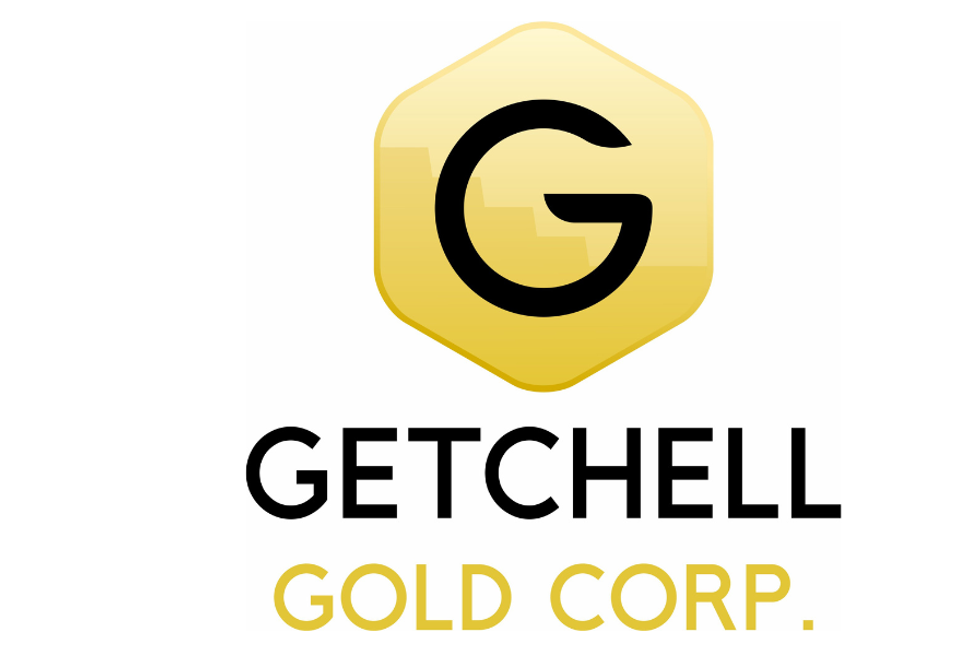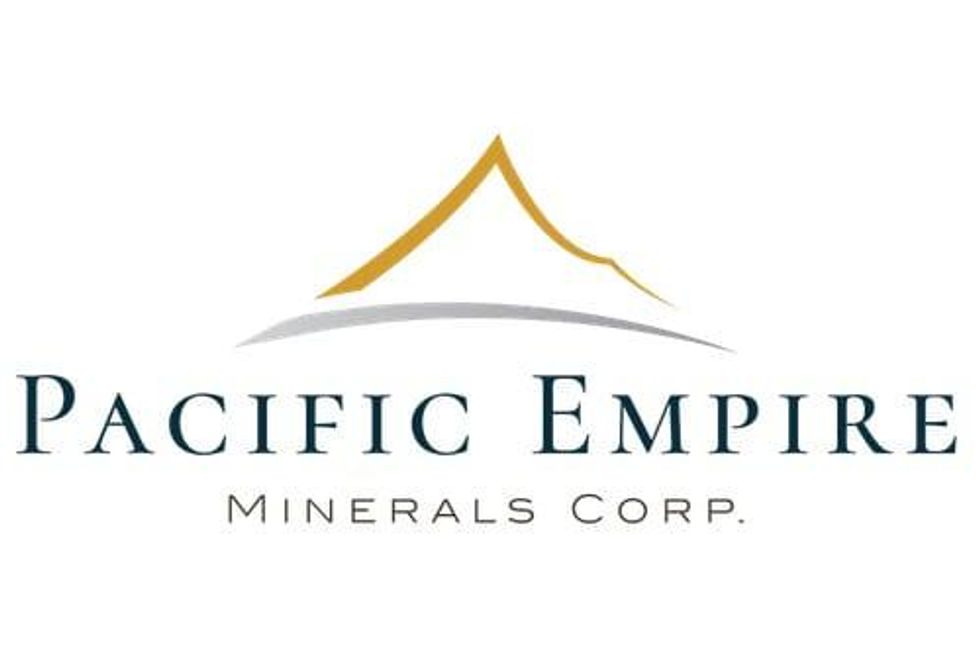Investing News NetworkYour trusted source for investing success
- Lithium Outlook
- Oil and Gas Outlook
- Gold Outlook Report
- Uranium Outlook
- Rare Earths Outlook
- All Outlook Reports
- Artificial Intelligence Outlook
- EV Outlook
- Cleantech Outlook
- Crypto Outlook
- Tech Outlook
- All Market Outlook Reports
- Life Science Outlook
- Biotech Outlook
- Cannabis Outlook
- Pharma Outlook
- Psychedelics Outlook
- All Market Outlook Reports

Did you know gold is being used far from Earth in a space telescope? World Gold Council experts shared their favorite facts about the yellow metal, and that's just one of the topics they covered.
Gold's history spans every society, and the yellow metal is instrumental in the modern financial system. However, most people don’t know of the many ways gold impacts their daily lives.
For instance, every smart phone on Earth has an estimated 50 milligrams of gold in the form of conductors that assist in resisting corrosion. A similar amount can be found in televisions and computers, facilitating electrical conduction.
The precious metal is also used to tint and increase the climate-controlling capabilities in glass. In high-end beauty, some products and treatments rely on the metal’s anti-aging properties and its ability to increase circulation and improve skin elasticity and tone.
At the Gold Forum Americas event, held earlier this fall, the Investing News Network asked three gold experts from the World Gold Council about their favorite little-known gold facts — read on for the surprising answers they gave.
1. Gold helps the James Webb space telescope operate
The metal’s conduction abilities and resistance to corrosion make it ideal for the aerospace sector. Gold plating improves the overall performance of electronic components by reducing susceptibility to temperature, wear and abrasion.
Along with silver, platinum and palladium, modern jet engines hold more than US$15,000 worth of precious metals.
Farther out, gold is instrumental in the suits astronauts wear to prevent radiation penetration and deflect the sun’s rays and heat. Gold also makes an ideal lubricant as its malleability allows it to be processed into very thin sheets of film that can coat and protect vital electronic parts and circuitry.
For David Tait, CEO of the World Gold Council, gold’s space applications are one of its best qualities. “My favorite (gold fact) is the James Webb telescope,” he said. “I sit there glued looking at those pictures … it’s just nice to be part of something like that."

The James Webb telescope's image of the Pillars of Creation.
Photo via Nasa.
The telescope, which was 17 years in the making, launched in December 2021 with a goal of sending images of the “hidden universe” to Earth. Described as a reflecting telescope, Webb uses three different-sized mirrors to allow for a wide field of view.
The primary mirror is comprised of 18 smaller hexagonal mirrors that unfolded to create a concave structure once the telescope was in orbit. Although the mirrors are made of beryllium, a durable yet light element able to hold its shape in extremely low temperatures, gold is also an important component.
According to McGill University, each beryllium mirror is coated in a very thin layer of gold.
“At about 100 nanometer thickness, (the coating) is roughly one ten-thousandth the thickness of a human hair,” it states. “The mirrors were placed in vacuum chambers where the gold was quite literally vaporized and deposited on the surfaces.”
From there, a layer of glass was placed over the gold to protect it.
Gold’s ability to reflect both visible light and other forms of radiation, particularly in the infrared range, made it the ideal material to enhance the mirror's capabilities. “Our basic silver and aluminum mirrors here on Earth reflect 85-95 percent of infrared light, whereas gold reflects 99 percent," as per the university. “Gold is also relatively un-reactive, so it won’t tarnish easily.”
2. Rapid COVID-19 tests need gold to function
In the medical sector, the reflection and absorption characteristics of gold nanoparticles are an important tool in diagnostics and treatments. In photodynamic therapy, these nanoparticles penetrate cancer cells and are heated with light to destroy tumors.
Gold’s use in medicine is the favorite gold fact of Terry Heymann, chief financial officer at the World Gold Council.
“I'm afraid to say you’ve been misled — gold is purple,” Heymann quipped. Elaborating, he commented, “When you take gold down to nanoparticle level, it's purple; the refraction of light through it changes and it becomes purple."
This color variation has become especially important over the last two years in diagnostics.
“You know what you use purple gold for?” Heymann asked. “There are actually a wide variety of use cases. The one where it's most prevalent, is it's used in rapid-flow testing kits.”
The fast-acting tests that have now become synonymous with COVID-19 are made functional by gold nanoparticles, which produce the colored bars in the results window.
3. Gold is becoming more and more accessible
Despite its rarity, gold is becoming more accessible to investors and collectors around the globe. This makes Joseph Cavatoni, the World Gold Council's chief market strategist of the Americas, happy.
“The fact that I think people need to appreciate is the level of consumption in western markets,” he said.
Indeed, total gold demand rose 28 percent year-over-year during the third quarter to 1,181 metric tons (MT). Investment demand did see a decline, however, as rising interest rates led to 227 MT of outflows from exchange-traded funds.
Gold’s role as a hedge against inflation and risk led to a 36 percent (351 MT) uptick in bar and coin purchases.
Since 2004, bar and coin demand in North America has soared from 9.55 MT annually to 1,801 MT in 2021. European consumption has followed a similar trajectory, reaching 1,567 MT last year.
For Cavatoni, ease of access has not only helped the bar and coin segment grow, but has also led to more interest in other areas.
“I've been pleasantly surprised at the amount of firms that are offering access to physical gold, the number of different venues where you can own it,” he said. “For example, you can own gold in your IRA portfolio in the US, your retirement portfolio — it's not really well known, but it's starting to become more commonly done.”
Cavatoni applauded the companies that are offering clear-cut ways to gain exposure to the yellow metal. “I'm talking about the fact that you can own physical gold and the firms that are doing it (are) sophisticated. They're energized, they're thinking about technology, they're getting to young people, they're getting to different places where they're getting the traction,” he said.
Tell us your favorite gold facts @INN_Gold and follow us for real-timeupdates!
Securities Disclosure: I, Georgia Williams, hold no direct investment interest in any company mentioned in this article.
Editorial Disclosure: The Investing News Network does not guarantee the accuracy or thoroughness of the information reported in the interviews it conducts. The opinions expressed in these interviews do not reflect the opinions of the Investing News Network and do not constitute investment advice. All readers are encouraged to perform their own due diligence.
- Gold Outlook 2022: Consolidation a Launching Pad for Price Rise ›
- A Guide to Physical Gold as an Investment ›
- An Overview of Gold Investing and Prices (Updated 2022) ›
MARKETS
COMMODITIES
| Commodities | |||
|---|---|---|---|
| Gold | 1861.22 | +1.59 | |
| Silver | 21.88 | +0.08 | |
| Copper | 3.63 | 0.00 | |
| Oil | 86.14 | +0.17 | |
| Heating Oil | 3.04 | +0.02 | |
| Natural Gas | 3.43 | +0.05 | |
DOWNLOAD FREE REPORTS
BROWSE COMPANIES BY SECTOR
- Agriculture Investing
- Phosphate Investing
- Potash Investing
- Base Metals Investing
- Copper Investing
- Iron Investing
- Lead Investing
- Nickel Investing
- Zinc Investing
- Battery Metals Investing
- Cobalt Investing
- Graphite Investing
- Lithium Investing
- Manganese Investing
- Vanadium Investing
- Critical Metals Investing
- Magnesium Investing
- Rare Earth Investing
- Scandium Investing
- Tantalum Investing
- Tellurium Investing
- Tungsten Investing
- Energy Investing
- Oil and Gas Investing
- Uranium Investing
- Gem Investing
- Diamond Investing
- Industrial Metals Investing
- Aluminum Investing
- Chromium Investing
- Coal Investing
- Molybdenum Investing
- Tin Investing
- Precious Metals Investing
- Gold Investing
- Palladium Investing
- Platinum Investing
- Silver Investing
- 3D Printing Investing
- Bitcoin Investing
- Blockchain Investing
- Cleantech Investing
- Cloud Investing
- Cryptocurrencies
- Data Investing
- Emerging Tech Investing
- Artificial Intelligence Investing
- Mobile Investing
- Robotics Investing
- Fintech Investing
- Gaming Investing
- Esports Investing
- Nanoscience Investing
- Graphene Investing
- Nanotech Investing
- Security Investing
Featured Gold Investing Stocks
Investing News Network websites or approved third-party tools use cookies. Please refer to the cookie policy for collected data, privacy and GDPR compliance. By continuing to browse the site, you agree to our use of cookies.
 Australia
Australia




